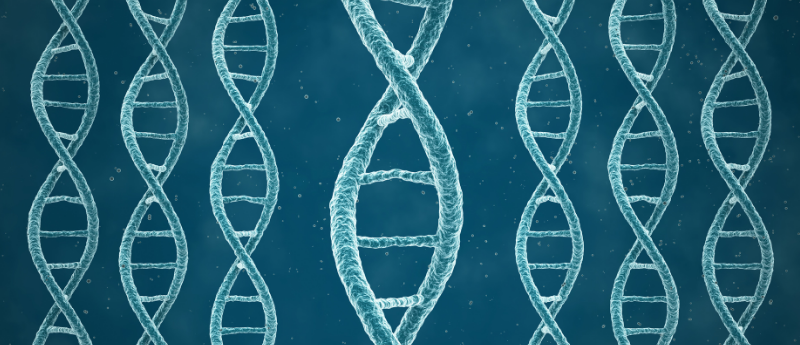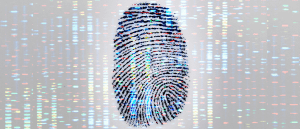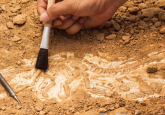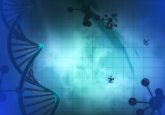When does a human look like a fly?

A convergence of three research teams has created a new classification system for cell nuclei, revealing 3D genomic structure as well as how to make a human nucleus resemble that of a fly.
The new classification system – likened to Dmitri Mendeleev’s ubiquitously known periodic table – has recently been published in Science. The system classifies the 3D genomic structure of organisms across the tree of life.
What’s more, the results may lead to a new method for genome editing, revealing precisely how to switch 3D genomic structures from one type to another.
The work of one of the three teams was centered on the DNA Zoo, an international consortium where researchers had been working to classify how chromosomes fit inside the nuclei of various species. That effort had resulted in the realization that, across species, chromosome folding patterns were simply variants on two basic nuclear designs.
“In some species, chromosomes are organized like the pages of a printed newspaper, with the outer margins on one side and the folded middle at the other,” explained Olga Dudchenko (Baylor College of Medicine, TX, USA), co-director of DNA Zoo and co-first author of the Science study. “And then in other species, each chromosome is crumpled into a little ball.”
Their data implied that species switch between the two patterns over the course of evolution, raising the question of whether that switch can be made in the lab.
The second effort began in the Netherlands, where a team observed that their in-lab mutation of condensin II, a protein involved in cell division, caused chromosomes to rearrange. “It was baffling!” commented co-first author Claire Hoencamp, member of the Benjamin Rowland lab at the Netherlands Cancer Institute (Amsterdam, The Netherlands).
Putting DNA fingerprinting behind bars
DNA fingerprinting has become a cornerstone of forensic investigation since its initial development in 1984 and as a result of its popularity, the technique has experienced a flurry of advances to make it faster, cheaper and more widespread.
The two teams discovered they had the answer to one another’s questions at a conference, where Rowland presented his lab’s work. Hoencamp had discovered what the DNA Zoo team were looking for – how to switch the nuclear designs in the lab.
“When we looked at the genomes being studied at the DNA Zoo, we discovered that evolution had already done our experiment many, many times! When mutations in a species break condensin II, they usually flip the whole architecture of the nucleus,” explained Rowland, senior author on the study. “It’s always a little disappointing to get scooped on an experiment, but evolution had a very long head start.”
Hampered by the COVID-19 pandemic and restricted lab access, the two teams turned to computer programming and José Onuchic’s team at Rice University (TX, USA). Shockingly, their simulations demonstrated that the destruction of condensin II could make a human nucleus look like that of a fly.
“We began with an incredibly broad survey of 2 billion years of nuclear evolution,” explained Sumitabha Brahmachari, co-first author and member of Onuchic’s team. “And we found that so much boils down to one simple mechanism, that we can simulate as well as recapitulate, on our own, in a test tube. It’s an exciting step on the road to a new kind of genome engineering – in 3D!”
Submit to the F1000Research Cell & Molecular Biology Gateway
Take your cell and molecular biology research further with the F1000Research Gateway. Benefit from trusted publishing, open access, and transparent peer review to ensure your findings are shared responsibly and make a lasting impact. Share your discoveries with a global audience while maintaining full control over your work.
Submit your research today at F1000Research Cell & Molecular Biology Gateway.






